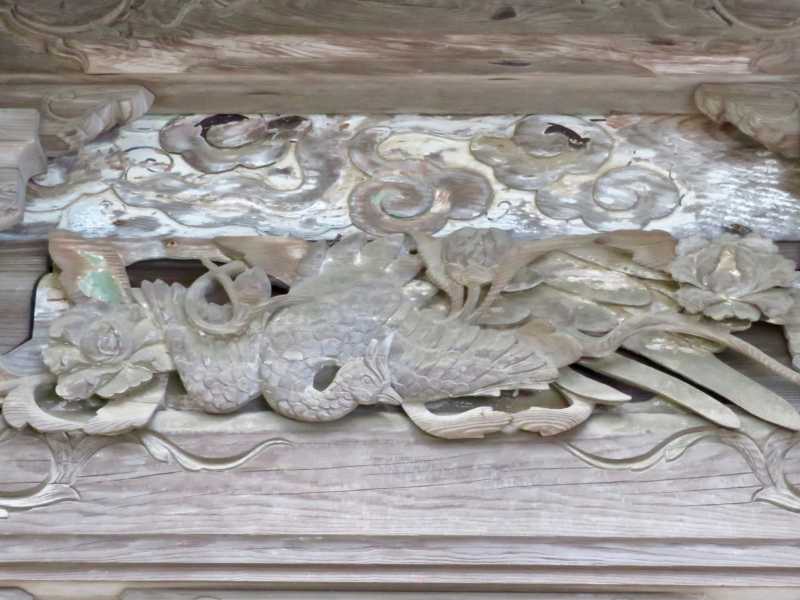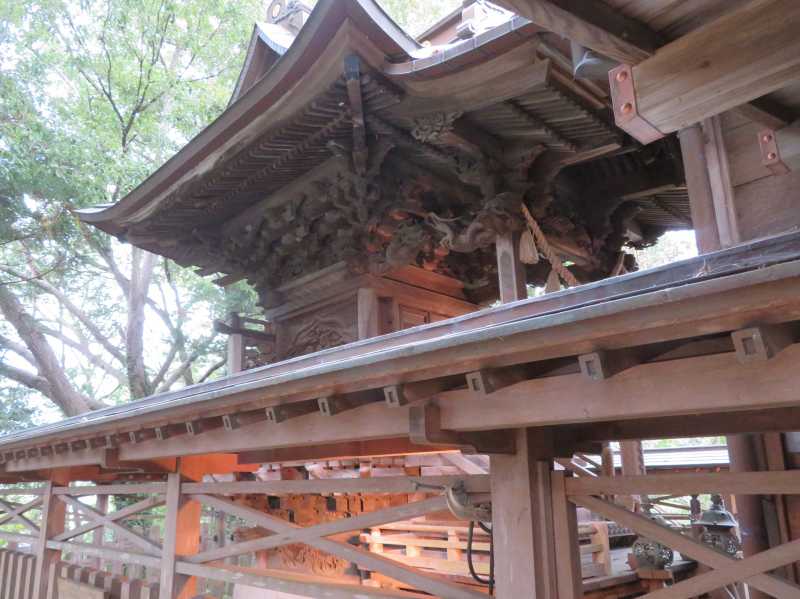去年の夏あたりから Traditional Japanese Tattoo Association 日本語で言えば「日本伝統刺青協会」というのを作って、アムステルダムの建尚二代目さんと一緒に、日本文化と刺青についてインスタグラムなどのSNSで海外に発信しています。
第11回の今回は額の形について。英文と作画は建尚さん、拙い翻訳は私、刺青師・龍元です。
Gakubori
Gakubori complements the main theme by expressing the world around it. This is achieved by adding backgrounds such as clouds, waves, and flowers. It has the effect of making the main theme stand out in the same way as framing a painting.
The Literal translation of Gaku 額 is “framed”, Bori 彫り is “tattoo”. Gakubori has specific shapes and formula. Only the arms and back piece are possible to arrange independently with Gakubori.
The abdomen and legs are assumed to be connected to them and they alone by themselves can not be completed with Gakubori. The abdomen is added together with the legs after the arms and back are finished.
額彫り
額彫りは、雲、波や花などの背景を加えて主題の周りの世界を表現する事によって、主題を補完します。絵画を額装するのと同じように、主題を引き立たせる効果があります。
額とは直訳では framed、彫りは tattoo を意味します。
額彫りには決まった形と様式があり、独立し得るのは腕と背中だけ。お腹や足などは背中・腕などと繋げる事が想定されており、それだけでは額彫りの完全な形とは言えません。腕や背中が終わった後、お腹は足へと繋がるのです。
• Gaku of the arm must be from the chest(Hikae). Stopping just above the elbow(Go-bu), below the elbow(Shichi-bu, Hati-bu), or all the way up to the wrist(Nagasode).
腕の額は胸(ヒカエ)から肘のすぐ上の所(五分袖)、肘の下(七分・八分袖)かもしくは手首まで(長袖)でなければなりません。
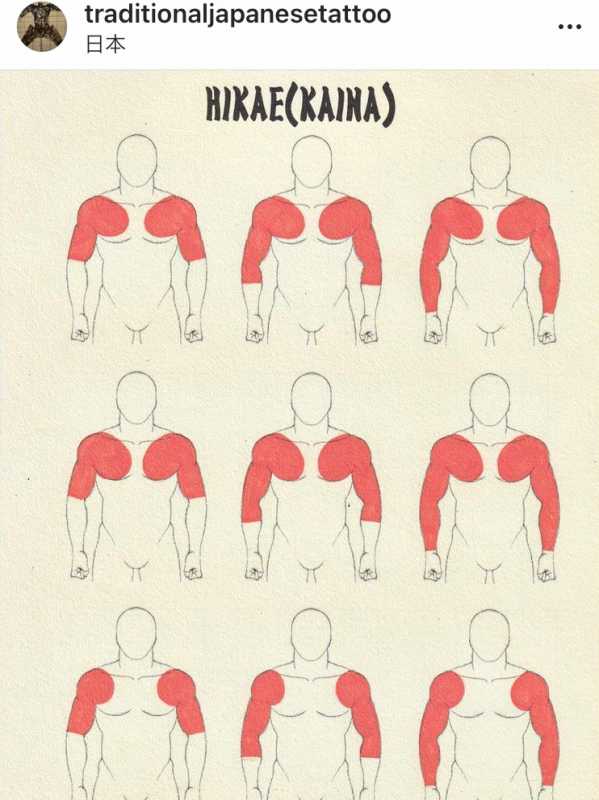
• The form of Gaku on the back is from a little above the back of the knee to just under the neckline(Kameno-kou, Sewari).
背中の額の形は膝裏の少し上から首の少し下までです(亀の甲・背割り)
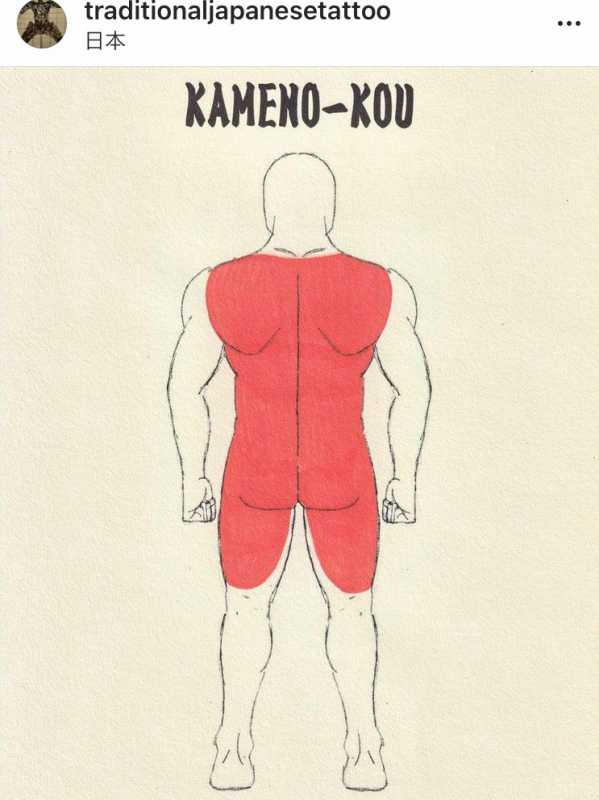
• The form of front Gaku consists of two types, one which features a gap of untattooed skin roughly one fists width positioned vertically in the middle (Munewari), and a type that fills the whole area (Donburi).
前面の額の形は二つ。一つは中央に幅こぶし一つ分の刺青を入れない部分が特徴です(胸割り)。もうひとつは全体を刺青で埋めます(ドンブリ)。
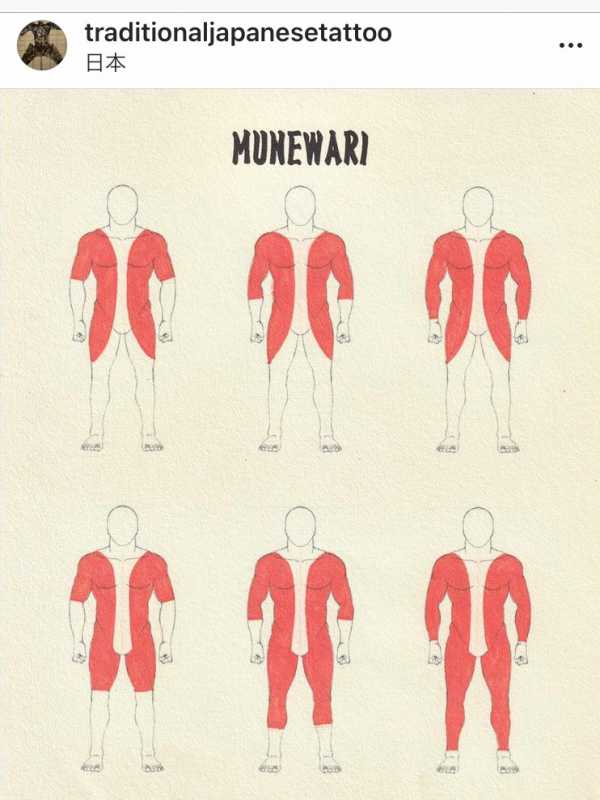
• The leg forms of Gaku in the case of Munewari can be straight down on thigh and drawn in an arc to connect with the bottom of Sewari, or it can be tattooed up to just above the knees (Han-zubon), or tattooed to under the knee(Hati-bu), or tattooed to just above the ankle (Naga-zubon). In the case of Donburi, it can be Han-zubon, Hachi-bu or Naga-zubon.
足の額の形は、胸割りの場合、膝へまっすぐ降ろして弧を描くように背割りのお尻の部分につなげます。もしくは膝の上を刺青で埋める半ズボン、膝下まで刺青を入れる七分または八分、踵のすぐ上まで伸ばす長ズボンがあります。ドンブリの場合には、半ズボン・七分・八分または長ズボンとなります。
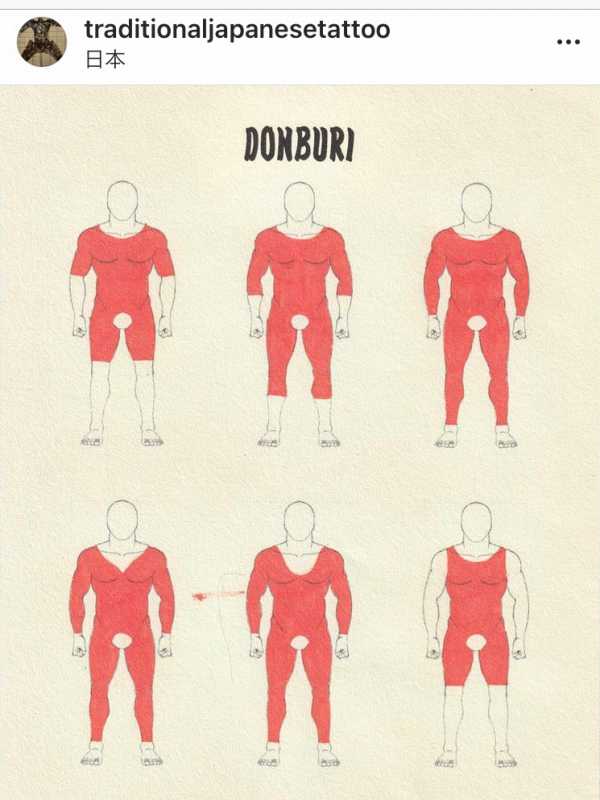
It can only be called Sousin-bori(full body tattoo) after filling the entire body with the exception of the hands, feet, head, neck and genital area. These areas are extra option.
手首から先、足首から下、首から上と性器の周りを除いた身体全体に入れたものを総身彫りと言います。
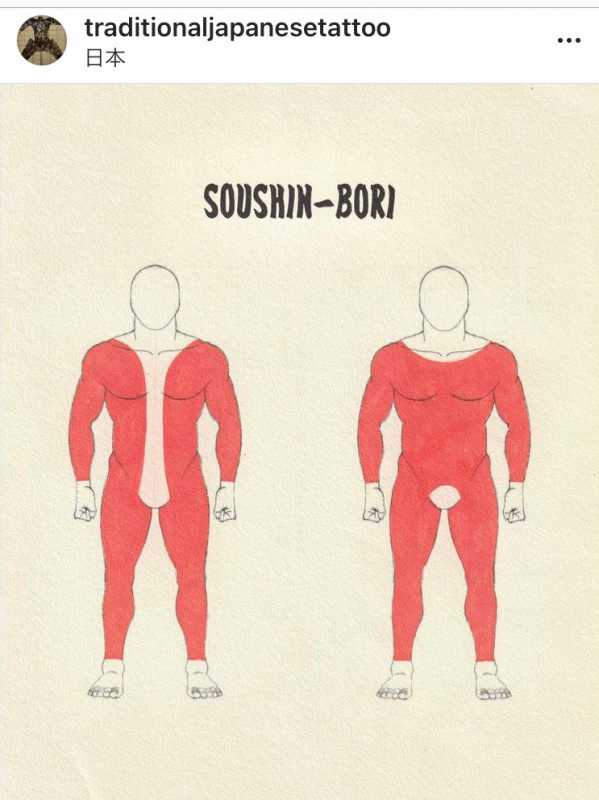
These shapes of Gaku and names vary slightly depending on the tattoo family(Ichimon) or region.
Gakubori is the most important thing for traditional Japanese tattoos, and its quality affects the whole work.
これら額の形や呼び名は一門や地域にも寄ります。額彫りは伝統刺青の最も重要な部分で、作品全体の質に影響を及ぼします。
建尚二代目 (翻訳・刺青師・龍元 ※完全な翻訳ではありません)
https://www.instagram.com/p/B7plqevlMaB/?utm_source=ig_web_copy_link英語を日本語に直すというのは中々一筋縄では行きませんね。元々違う言葉ですからね。
刺青師・龍元

